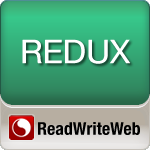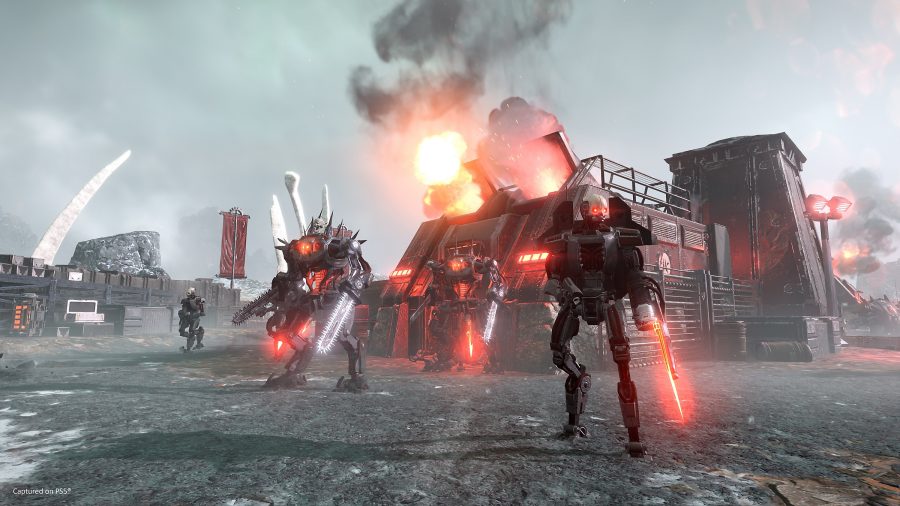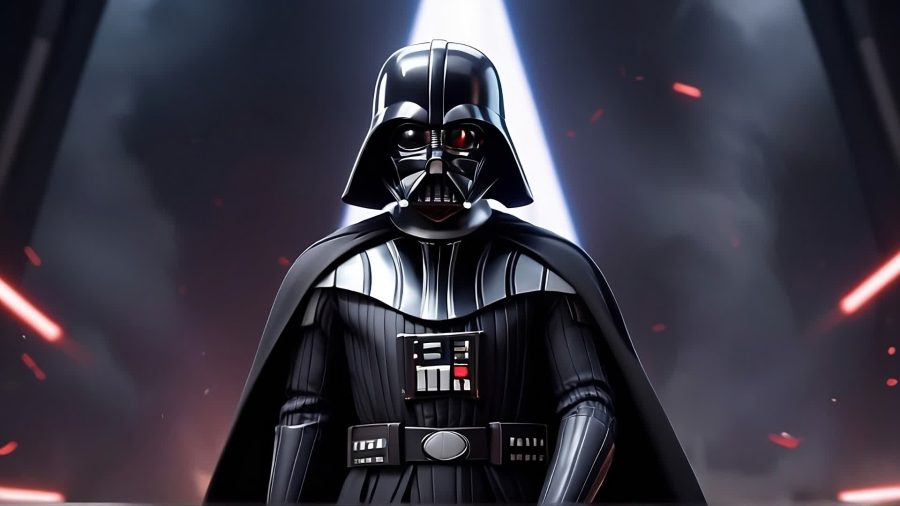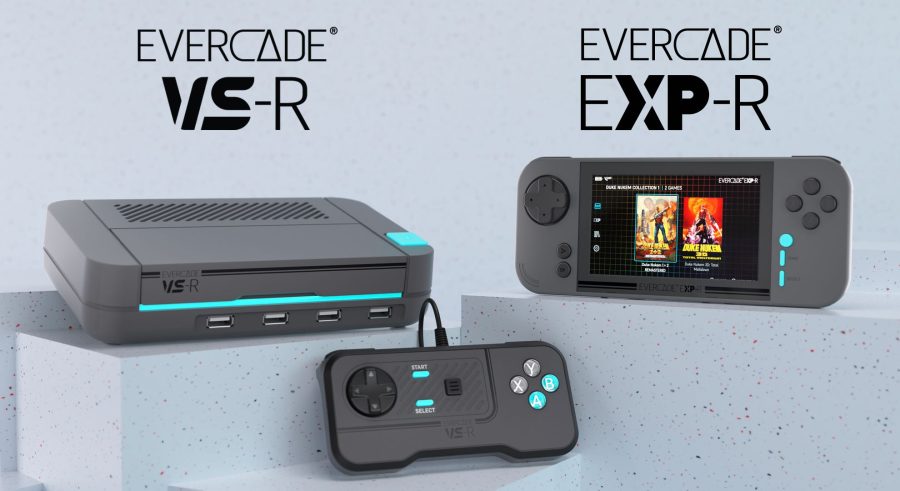Ever since Jeff Han demoed his Multi-Touch Workstation at the 2006 TED Conference, the world has been waiting for a high resolution sensory work experience. As a generation of hunched night creatures with intimate knowledge of our chiropractors, we’ve suffered and conformed to our traditional interfaces for too long. Touch was the future of workstations. But as articulated by ReadWriteWeb, the upcoming Apple tablet is not the workstation of the near future. It simply isn’t practical. For those of us who still want to gawk at the cool regardless of its practicality, here is an assortment of 2009’s most interesting interfaces.


Editor’s note: This story is part of a series we call Redux, where we’ll re-publish some of our best posts of 2009. As we look back at the year – and ahead to what next year holds – we think these are the stories that deserve a second glance. It’s not just a best-of list, it’s also a collection of posts that examine the fundamental issues that continue to shape the Web. We hope you enjoy reading them again and we look forward to bringing you more Web products and trends analysis in 2010. Happy holidays from Team ReadWriteWeb!
Sixth Sense: Sixth Sense is an extremely inexpensive interface ($350 to build the prototype) and it consists of some colored finger markers, a projector, and a camera on a necklace. Demoed at the TED conference, this interface has amazing potential. We reviewed this product as part of our post The Wearable Internet Will Blow Mobile Phones Away.
Given Nikon’s release of yesterday’s first camera with a built-in pico projector and Mobileburn’s demo of the Samsung Anycall Show phone, these little projectors are about to start popping up everywhere. For Minority Report fans, we may actually see these projector based interfaces used up for everyday tasks; however, it’s more produce amazing entertainment for gamers.
Perceptive Pixel Multi-Touch Wall (Jeff Han’s new project) and Microsoft Surface: In the world of alternative interfaces, these two workstations are extremely well known. Certainly not the inexpensive, mainstream touch interfaces we’d hoped for, their size and price makes them unobtainable to the average user. However, for commercial uses, they’ve certainly got that wow factor. The products are used for story boarding, geo-spatial command, broadcast media, museum exhibits, hotels and Surface is even in Disneyland’s tomorrow land.
Scratch Input: Recently featured in Technology Review for his presentation at the SIGGRAPH Conference, Carnegie Mellon Ph.D student Chris Harrison created a gestural input interface using existing surfaces and an acoustic input technique. In other words, Harrison’s interface uses scratches to communicate with his machine. By taping a modified stethoscope to a wall, Harrison got users to perform six scratch input gestures at about 90% accuracy with less than 5 minutes of training. If Scratch Input were utilized by a mobile manufacturer, a phone owner could simply rest their device on a table top and use it to scribble out messages.
Pulp-Based Computing: While there’s little information on these projects just yet, one thing is clear. The folks in MIT’s Media Lab Fluid Interfaces Group are exploring electrically active inks and fibers during the paper making process to create a new form of paper-based computing. Apparently the paper would react in the same way as regular paper; however, it would also carry digital information. While the project is only in its early stages and appears to be hooked up to a basic Arduino prototyping platform, theoretically this could be used to create a new type of Wacom tablet. Remember when Steven Levy wrote about losing his Macbook Air? A paper interface would take some serious getting used to.
Siftables: Created by David Merrill and Jeevan Kalanithi, Siftables is a series of blocks that contain built-in motion sensors, graphical displays and wireless communication. The blocks can be programmed to interact with digital information and media to form a collective interface. Siftables have been used to create art displays, painting tools, calculators, games and even a music sequencer. Bug Labs also offers a similar open source block system for modular device interfaces.
For more on alternative interfaces featured during 2009, check out our articles on the BiDi screen and the wearable Internet.










